Fantastic Beasts: The 8 Best Easter Eggs & References To The Harry Potter Series In The Secrets Of Dumbledore
There’s quite a bit of fan service in Fantastic Beasts: The Secrets of Dumbledore, as the prequel’s chronology shifts closer to the Harry Potter series. While its story of Albus tasking Newt and his team to stop Grindelwald stands on its own, elements like the return of Hogwarts and things from Harry’s time in the Wizarding World show up at various points.
These Easter eggs and references are understandable because they tie into the Harry Potter movies’ timeline. Some have much deeper meanings behind them. Whether it’s a simple nod to Harry’s classes at school to larger aspects like the Battle of Hogwarts, Fantastic Beasts 3’s connections to the parent series didn’t disappoint.
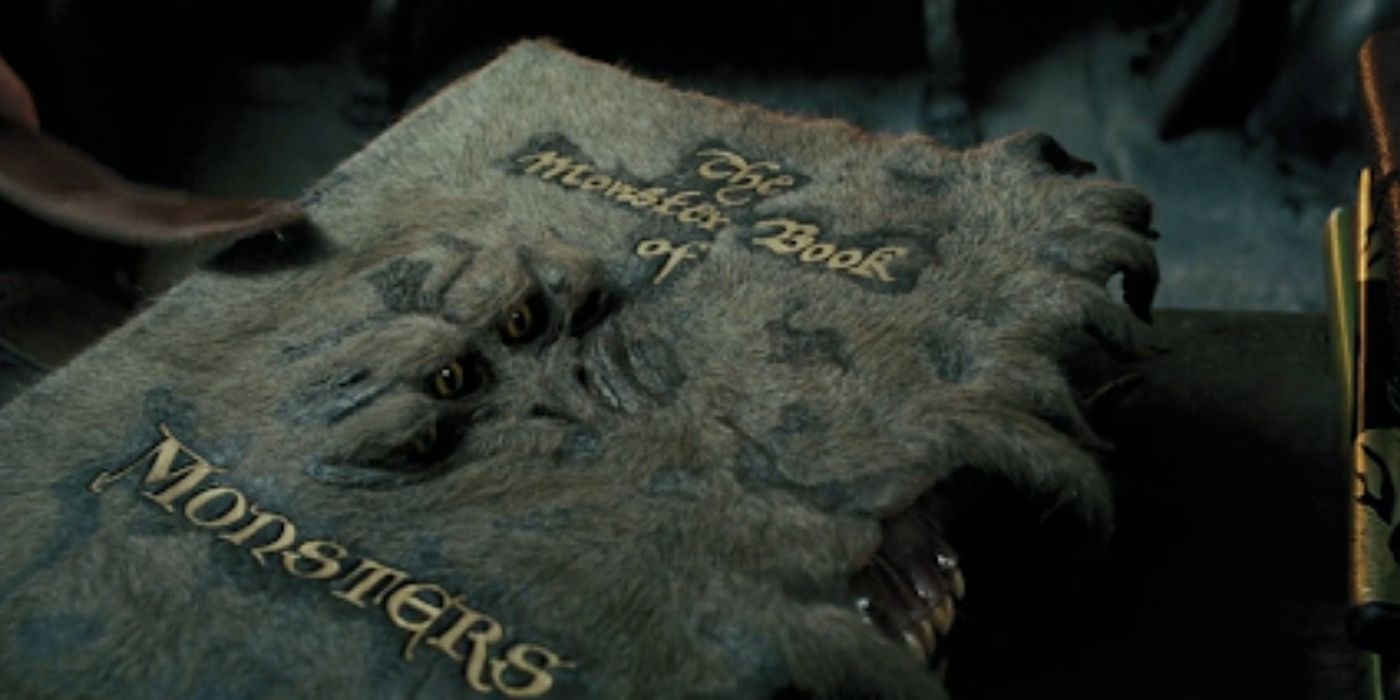
There are quite a few creatures to be found in Newt’s case in Fantastic Beasts movies, but the latest one had several nods to Hogwarts as well. One of the briefcases used by the team contained the Monster Book of Monsters, which Harry Potter fans should have instantly picked up on.
This book was used by Harry in his Care of Magical Creatures class during Prisoner of Azkaban. Since the Fantastic Beasts series is about magical animals, it’s a fitting connection to the original series. The book encapsulates the dangerous but whimsical nature of magizoology.
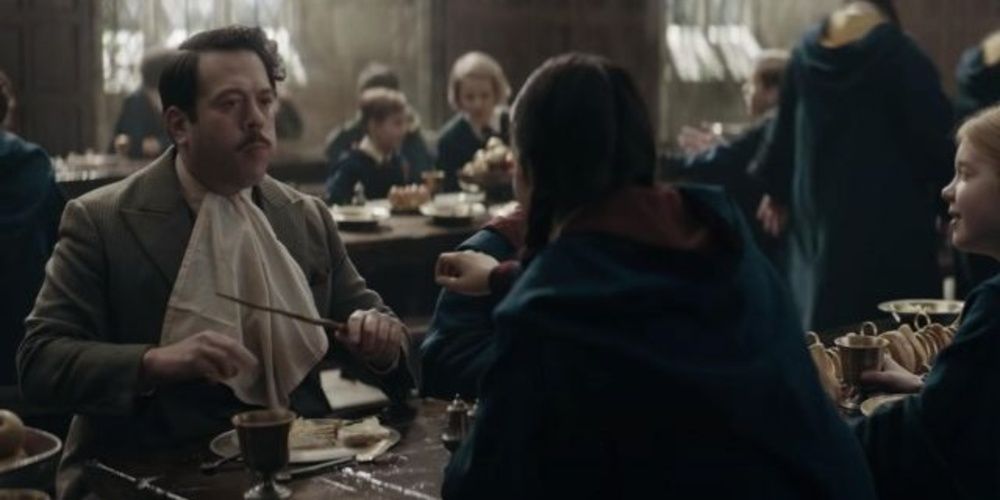
Some fans consider Slytherin house as the best in the Harry Potter series because its students are cunning, mischievous, and talented. These traits were shown in the small screentime Slytherins got during Fantastic Beasts 3, where Jacob learned they’d been feeding him Cockroach Clusters without his knowledge.
It was a reference to how Slytherins were portrayed as the designated rivals to the good guys during the Harry Potter timeline and characters like Draco Malfoy had similar laughs at others’ expense. The prank was another way of letting fans know that the attitude around Hogwarts was the same even decades in the past.
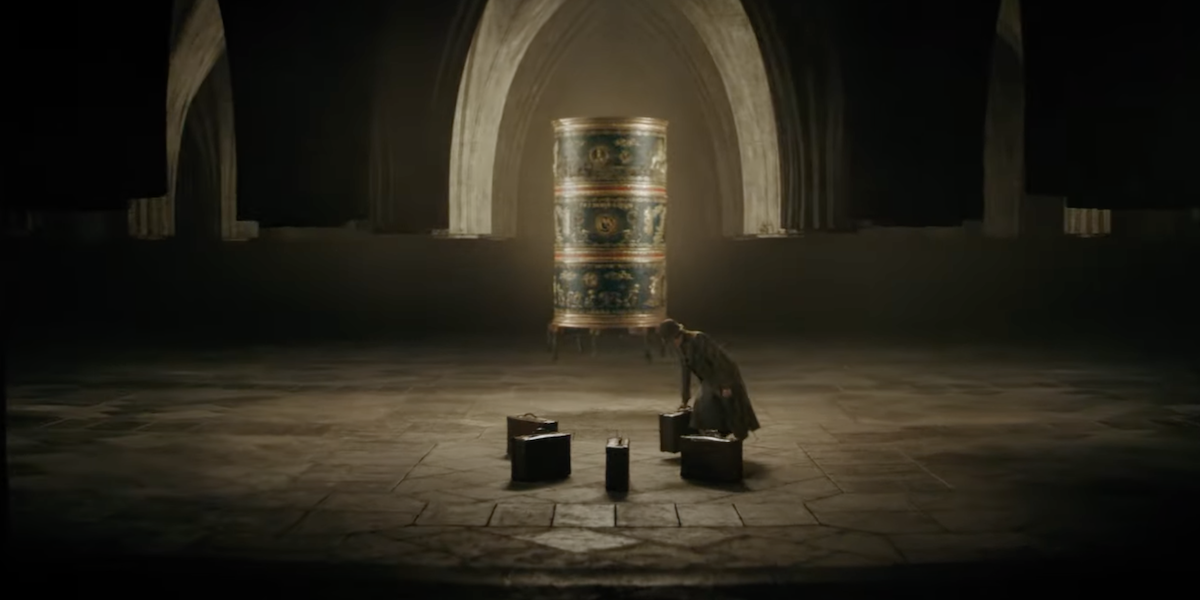
While Hogwarts itself can be considered an Easter egg since the Fantastic Beasts series goes beyond the school, the third film went further by showing the Room of Requirement. It’s the same room that enabled Harry and his friends to start the Dumbledore’s Army faction, with Albus himself accessing it in Fantastic Beasts 3.
The protagonists used the place to discreetly travel to their designated locations while using decoy briefcases. It was the perfect getaway because Dumbledore would last be seen in Hogwarts but nobody would be able to find him - this aspect came into play for Harry and his friends decades later.

After all the wild theories surrounding Aurelius Dumbledore’s identity, the movie finally revealed that he was Aberforth’s son. Interestingly, the two communicated through a two-way mirror, which Harry Potter fans are all too familiar with, especially where Aberforth is concerned.
He used the same means to communicate with Harry in Deathly Hallows, as Aberforth learned of Harry’s incarceration at Malfoy Manor when the latter used his two-way mirror for help. While the mirror Aberforth used in Deathly Hallows originally belonged to Sirius, Fantastic Beasts 3 gave a nod toward Aberforth’s role in the future by revealing he’s well-versed in using two-way mirrors.
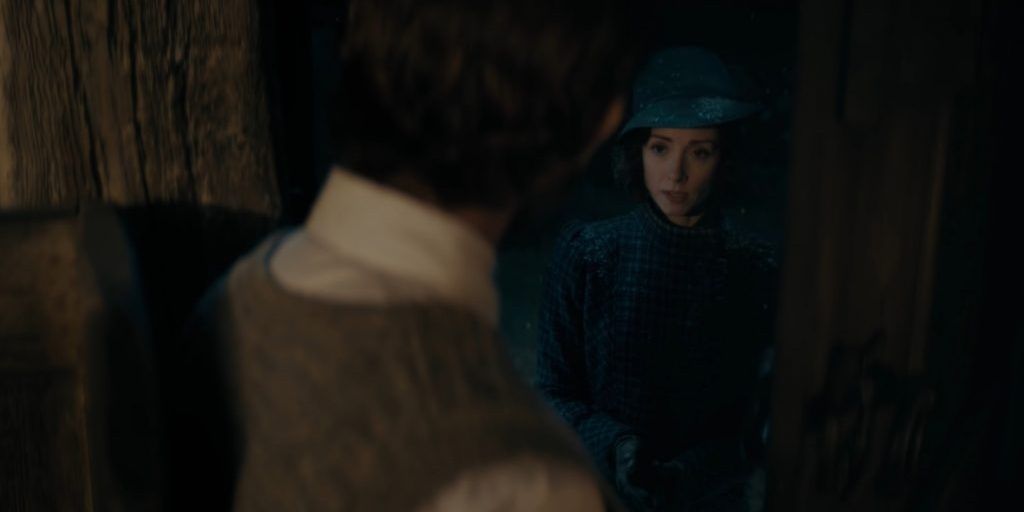
For many fans, Minerva McGonagall is the best Harry Potter wizard, and she showed up in Fantastic Beasts 3 to aid Albus. It was clear that she was Albus’ junior teacher at school, as the latter asked Minerva to cover his classes.
Minerva’s appearance itself is an Easter egg to the Harry Potter series since she represents Gryffindor house and is a mentor to Harry. Her interaction with Albus was a way for fans to know that this was when she started moving up the school’s ranks to eventually became the Head of Transfiguration.
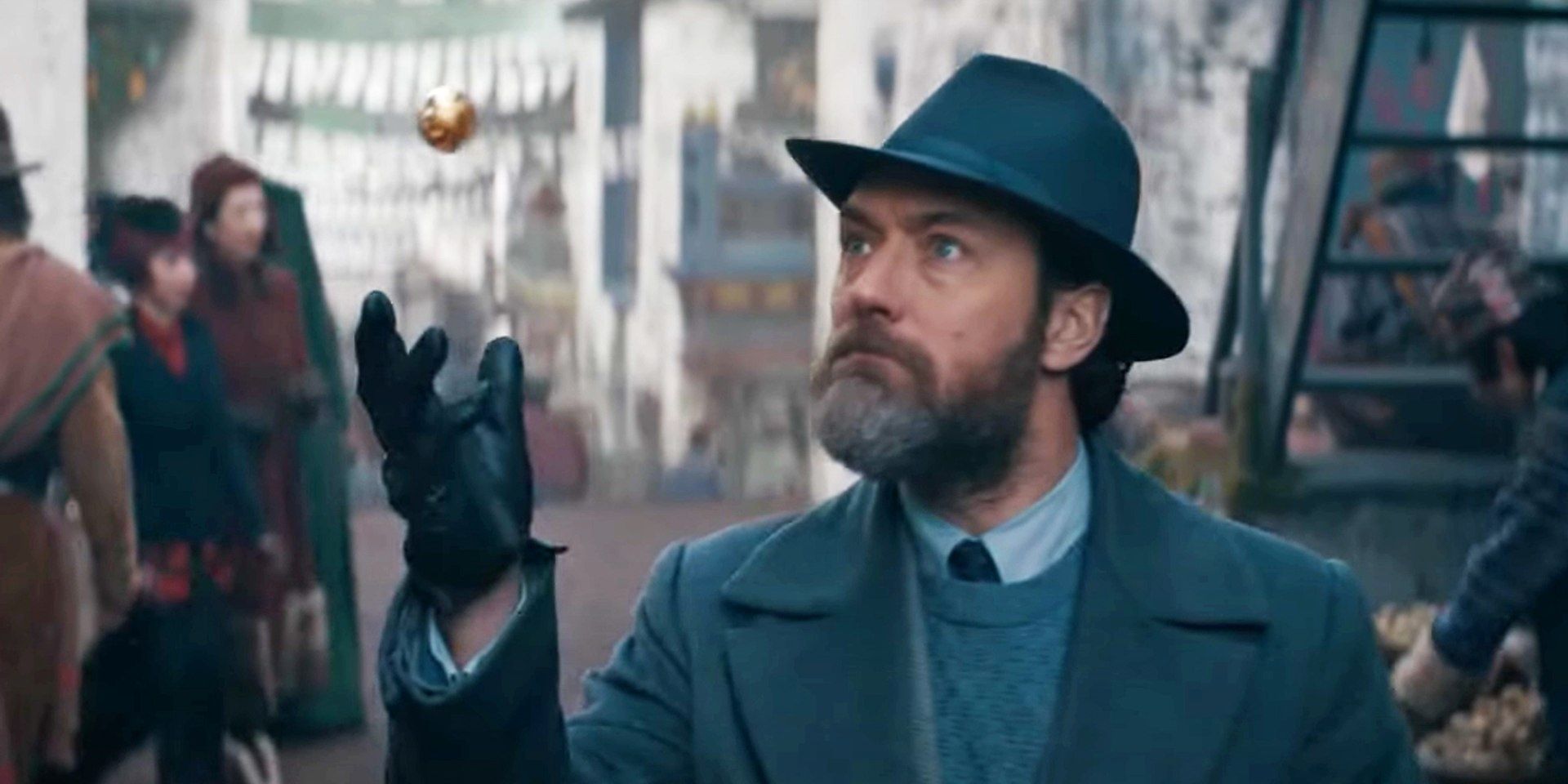
The sight of the Golden Snitch instantly harkens back to Harry’s first Quidditch match, where he nearly swallowed it. The Snitch’s importance came into play in Deathly Hallows, as it was where Dumbledore had hidden the Resurrection Stone for Harry to find.
Fantastic Beasts 3 had Albus interact with a Snitch that was let loose prior to the Walk of the Qilin ceremony. The shot of him with the Snitch is a reference to Albus’ eventual use of the Snitch, along with letting fans know that something significant was about to happen. Sure enough, the next scene showed the heroes’ fight to interrupt the ceremony and thwart Grindelwald’s plans.
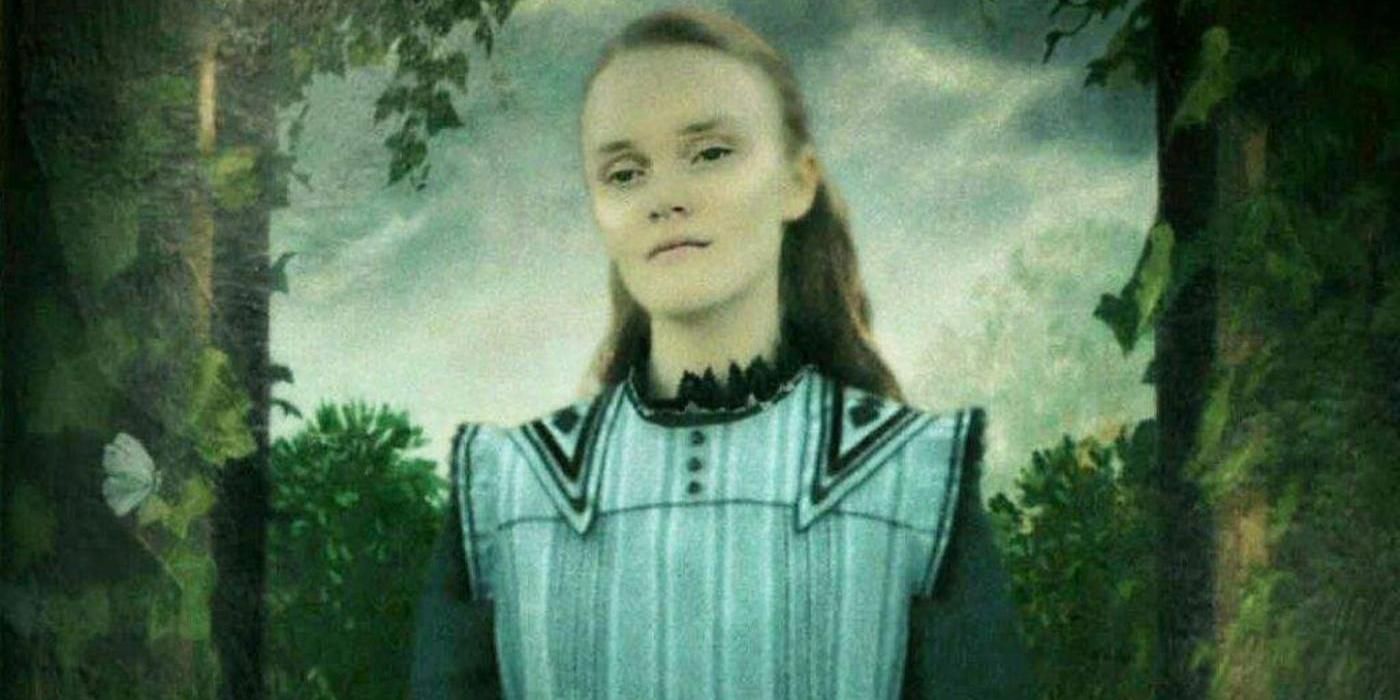
Although Albus gets around to revealing the truth of what happened to Ariana, her portrait is good enough for fans to know why Aberforth is sour with Albus. As Aberforth told Harry in Deathly Hallows, his three-way duel with Albus and Grindelwald ended up taking Ariana’s life.
The Easter egg mainly comes from the fact that it’s the exact same picture as in Deathly Hallows, behind which is the secret tunnel to the Room of Requirement. Watching the scene, viewers will have been aware that it’s the location where Aberforth will aid Harry and his friends over six decades later.
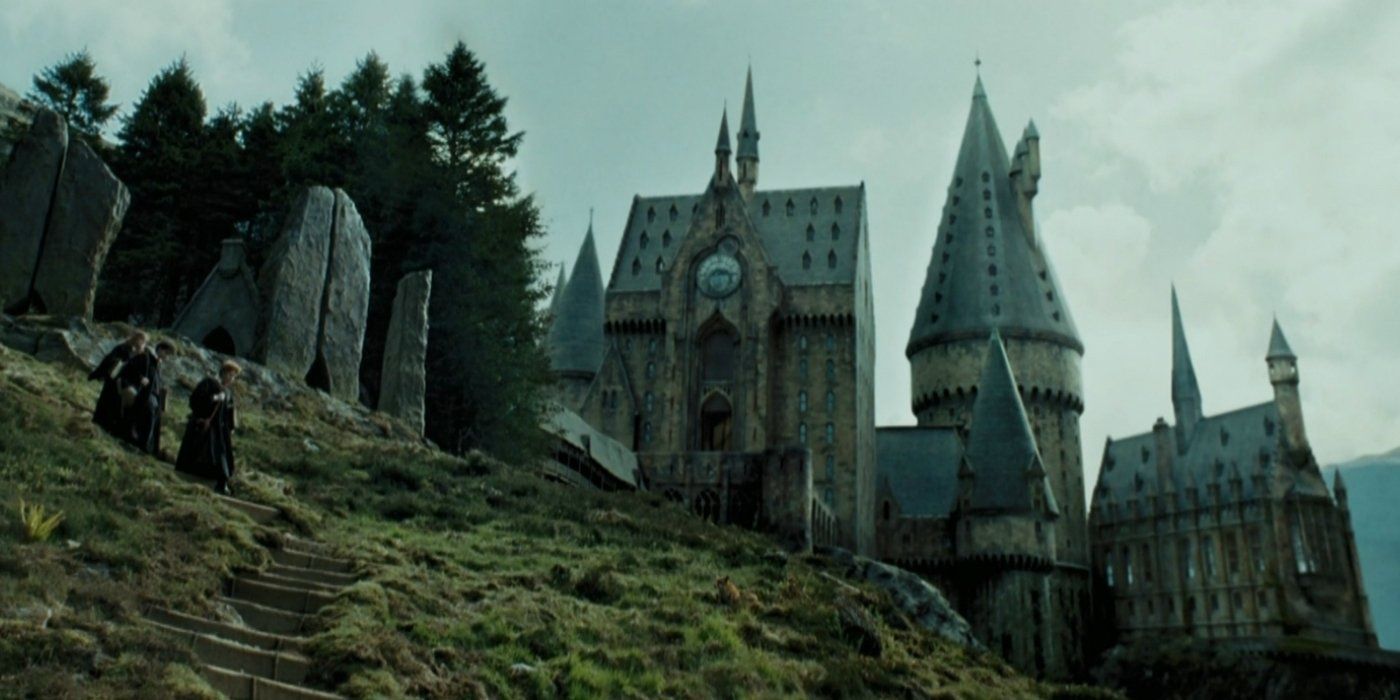
The iconic Harry Potter theme rolled out once Hogwarts was introduced in Fantastic Beasts 3. The tune is easily recognizable to the fandom and it was played in order to fully connect both series with each other. It carries a sense of thrill and nostalgia, which served to hook viewers in when the heroes arrived at Hogwarts.
The Fantastic Beasts films have their own soundtrack, so the use of the Harry Potter theme was a wink to the audience in acknowledgment of how it all started. Of course, the fact that Albus Dumbledore is a common thread between both series’ also validates the use of the music.
Comments
Post a Comment